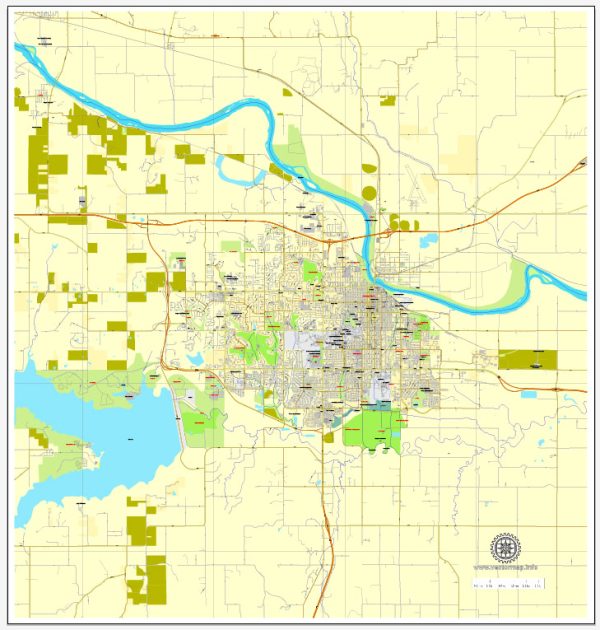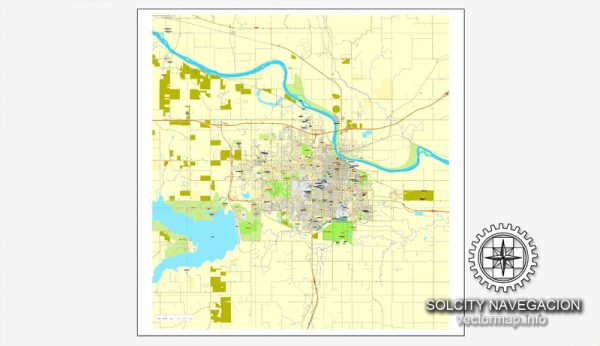Lawrence, Kansas, has a rich history of urban development that reflects the broader trends in American history. Here is an overview of key periods and developments in Lawrence’s urban history:
- Foundation and Free State Movement (1854-1861):
- Lawrence was founded in 1854 by anti-slavery settlers, often referred to as Free Staters, who sought to ensure that Kansas entered the Union as a free state.
- The town played a significant role in the turbulent events leading up to the Civil War, including the “Bleeding Kansas” period marked by violent clashes between pro-slavery and anti-slavery forces.
- Civil War and Reconstruction (1861-1877):
- Lawrence suffered a devastating attack in 1863 during the Civil War when Confederate guerrillas led by William Quantrill raided the town, resulting in the Lawrence Massacre. The attack left nearly 200 people dead and much of the town in ruins.
- In the post-war period, Lawrence participated in the process of Reconstruction and saw gradual recovery and rebuilding.
- Railroad Expansion (Late 19th Century):
- The late 19th century brought significant changes to Lawrence with the expansion of the railroad. The arrival of the railroad facilitated trade, transportation, and increased economic opportunities for the town.
- Industrialization and Growth (Late 19th to Early 20th Century):
- Industries such as textiles, milling, and manufacturing began to thrive, contributing to Lawrence’s economic growth.
- The University of Kansas, founded in 1865, became a central institution, shaping the educational and cultural landscape of Lawrence.
- Post-World War II Era:
- Like many American cities, Lawrence experienced suburbanization in the post-World War II era, as people moved to the outskirts for housing and economic reasons.
- The construction of highways and improved transportation infrastructure influenced the urban layout.
- Cultural and Educational Hub (Late 20th Century to Present):
- Lawrence has maintained its identity as a cultural and educational hub. The University of Kansas continues to be a significant influence on the city’s development.
- The downtown area has been revitalized, with an emphasis on preserving historic buildings and fostering a vibrant arts and cultural scene.
- Urban Planning and Preservation Efforts:
- Lawrence has implemented various urban planning and preservation initiatives to protect its historical heritage. Efforts have been made to preserve and restore historic buildings, contributing to the town’s unique character.
- Population Growth and Diversity:
- Lawrence has seen steady population growth, and its demographics have become increasingly diverse over the years. The town’s character reflects a blend of historical roots and contemporary influences.
In summary, Lawrence, Kansas, has a diverse and dynamic urban history shaped by its foundation in the context of the Free State Movement, the challenges of the Civil War, economic transformations, and ongoing efforts to preserve its historical and cultural heritage.



 Author: Kirill Shrayber, Ph.D.
Author: Kirill Shrayber, Ph.D.